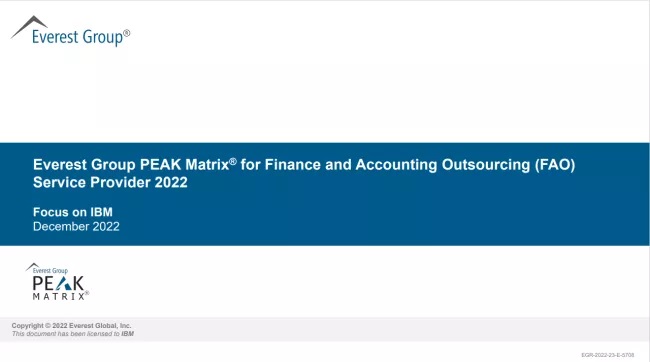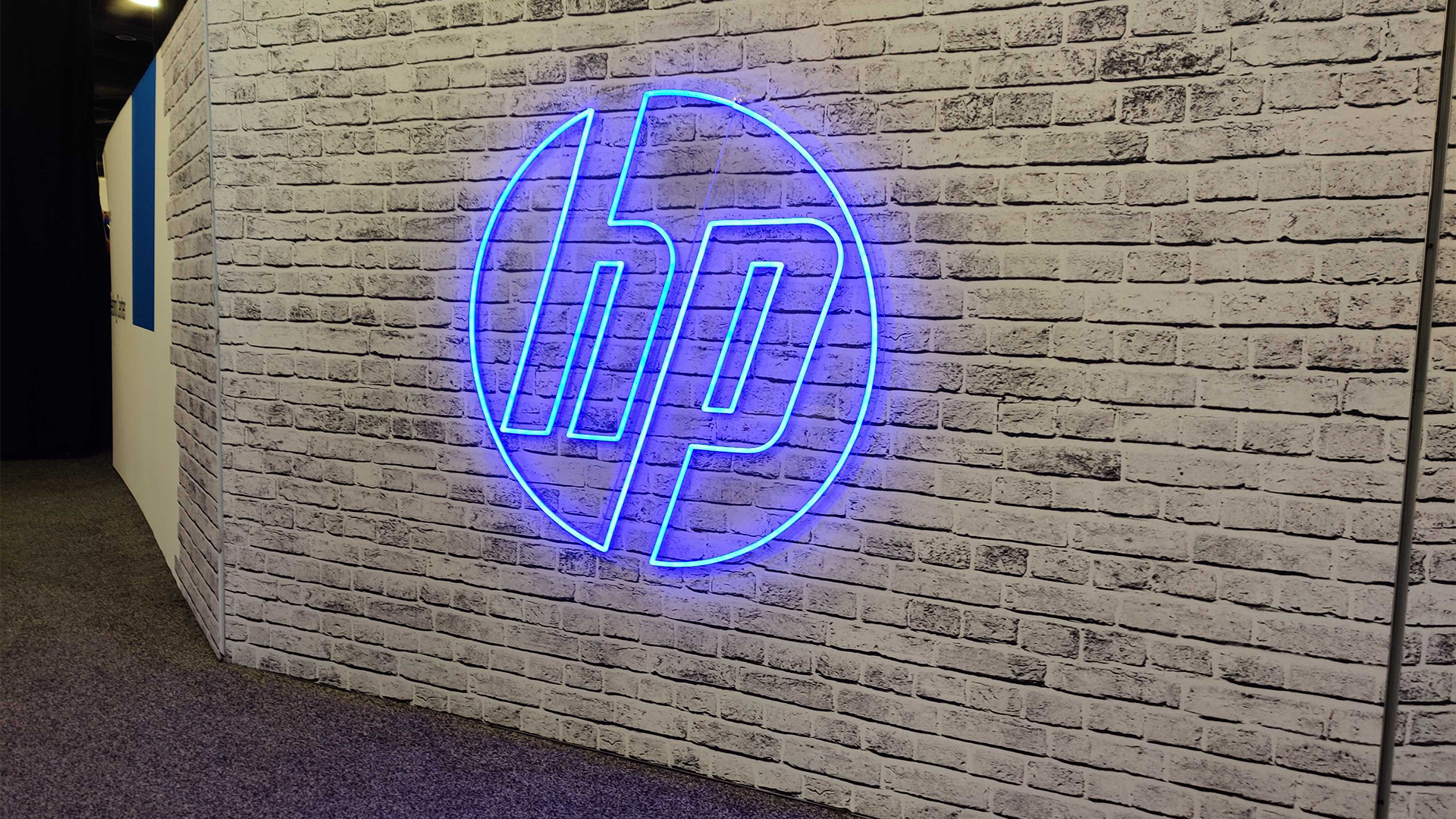How to bring your people on your digital evolution journey
Understanding stakeholders, mindset changes, and enabling citizen developers can play a key role in supporting digital evolution


For some time now, I’ve been championing the need for organizations everywhere to adopt a mindset of digital evolution rather than digital transformation to succeed in the new world of work. And that’s because the big investment, big reward ethos of digital transformation is high risk – especially when it goes wrong.
In the post-pandemic world of work businesses must adopt an evolutionary mindset and focus on the continual adoption and refinement of new and emerging technologies to achieve identified business outcomes. And the key to that, is ensuring your people are enrolled and engaged in your digital journey.
As an IT professional you will know that people fail to embrace digital evolution because they’re apprehensive about – even afraid of – tech development. But you can help them by sharing specific knowledge, upskilling, and taking the fear out of digital.

Greig Johnston is CEO at Vidatec and a former CTO. He has worked in the technology sector for over 25-years, buying and selling technology services. He specializes in helping businesses of all sizes develop digital strategies that deliver an exceptional end user experience on mobile and web.
This inclusive, people-centered approach also means that responsibility doesn’t just sit with the tech team but is shared across the whole organization. It also means increased resilience, greater innovation, and creativity – which benefits all tech professionals.
Map your stakeholders
For digital evolution to be successful, it’s essential to map and group your stakeholders, then make sure you establish effective communication channels to ensure there is a constant flow of information in both directions.
As well as internal stakeholders, customers are also a key group to consider. Customers will give you brilliant insights about what they love (and don’t love) about your digital offerings, and how they currently use them versus what they wish they could use them for.
Finally reach out to any partners, external consultants, and industry experts – often, the view from the outside is quite different, and very revealing. You could make way for new ideas that could revolutionize the way you think about your digital offerings.
ChannelPro Newsletter
Stay up to date with the latest Channel industry news and analysis with our twice-weekly newsletter
Consider the ‘change mindset’ of your people
There could be any number of reasons why your people are resistant to digital evolution – a lack of leadership alignment, corporate red tape, or a false belief about the scale and complexity of the change.
At Vidatec, for example, we’ve found ‘hackathon’ days are particularly effective at bringing colleagues together and helping everyone become part of the solution.
To manage this process, it often helps to frame hackathon sessions with a problem statement, such as a solution to a customer or organizational challenge.
Enable ‘citizen developers’
RELATED RESOURCE

Discover leading Salesforce service providers and find the ideal solution that matches your requirements.
It’s just as likely that your people believe tech should be left to the experts.
But low-code/no-code platforms – including Microsoft Power Platform and Zapier – are great at turning non-developers into ‘citizen developers’ by empowering them to build tools and workflows to integrate and share data between different apps and platforms.
Tech professionals can support and nurture this approach by providing case studies and best practice examples.
Upskilling opportunities
While in-depth continuous development is essential for tech teams, it’s also incredibly useful to broaden perspectives and develop the digital skill sets of everyone in your organization.
Areas for upskilling could include:
- GDPR awareness, data protection and cybersecurity risks
- Understanding agile product development and knowing how to engage with your end-user/audience
- Knowing how to use customer/end-user advocacy to drive positive referrals for your digital products and services
- Understanding how to use analytics to ‘design by data’ when creating digital products/services.
Other opportunities
Elsewhere, there are other simple, people-centric things you can do to enroll and engage your people in your digital evolution journey.
These could include:
- Use collaborative tools and platforms such as MS Teams, Slack, Jira, Asana, Miro and Trello
- Create a best practice culture by actively sharing previous experiences
- Assemble cross-functional project teams and regularly hold joint planning and decision-making sessions
- Work collaboratively to identify challenges, pain points and opportunities
Organizations can also use a common, shared scoring criteria – that means something to the organization – when assessing priorities in terms of features, capabilities, and decisions.
Pandora's concept of ‘engineering dollars’ is an example of a good approach to help non-technical stakeholders weigh the benefits of features versus the development effort required to build them.
For your digital evolution journey to be successful, you must have the right people, engaged in the right way at the right time. That’s because people are your primary resource: commitment is contagious, and success breeds success.

Greig Johnston is CEO at Vidatec and a former CTO. He has worked in the technology sector for over 25-years, buying and selling technology services. He specializes in helping businesses of all sizes develop digital strategies that deliver an exceptional end user experience on mobile and web.
-
 Cleo attack victim list grows as Hertz confirms customer data stolen
Cleo attack victim list grows as Hertz confirms customer data stolenNews Hertz has confirmed it suffered a data breach as a result of the Cleo zero-day vulnerability in late 2024, with the car rental giant warning that customer data was stolen.
By Ross Kelly
-
 Lateral moves in tech: Why leaders should support employee mobility
Lateral moves in tech: Why leaders should support employee mobilityIn-depth Encouraging staff to switch roles can have long-term benefits for skills in the tech sector
By Keri Allan
-
 ‘Here in the European market, I think we are in a good position’: DocuWare CEO Dr Michael Berger on the company’s rapid growth
‘Here in the European market, I think we are in a good position’: DocuWare CEO Dr Michael Berger on the company’s rapid growthNews ChannelPro sat down with DocuWare CEO Michael Berger to discuss the company's rapid growth and channel strategy.
By Bobby Hellard
-
 Group-IB launches partner program as channel-first strategy kicks off in Europe
Group-IB launches partner program as channel-first strategy kicks off in EuropeNews The vendor said the initiative reflects its commitment to building a resilient cyber security ecosystem across Europe
By Daniel Todd
-
 Datatonic eyes fresh growth drive with new CEO appointment
Datatonic eyes fresh growth drive with new CEO appointmentNews Datatonic has announced the appointment of Scott Eivers as its new CEO as the enterprise data and AI solutions provider looks to its next phase of growth.
By Daniel Todd
-
 Marketing talent brain drain could stunt channel partner success
Marketing talent brain drain could stunt channel partner successNews Valuable partner marketing skills are at risk of being lost as the structure of channel marketing teams continues to shift, according to new research.
By Daniel Todd
-
 LevelBlue launches new partner program that’s “built for the future”
LevelBlue launches new partner program that’s “built for the future”News The new partner initiative features a flexible, consumption-based model to help partners drive revenue
By Daniel Todd
-
 SonicWall pins ‘transformational year’ on strong partner growth
SonicWall pins ‘transformational year’ on strong partner growthNews The vendor’s channel-first strategy has fueled a 42% year-over-year increase in overall partner growth
By Daniel Todd
-
 HP’s sustainability drive is paying off for channel partners
HP’s sustainability drive is paying off for channel partnersNews Channel partners that bought into HP’s sustainability program saw sales increase as customers react positively
By Solomon Klappholz
-
 AI is now vital to MSP growth, but adoption challenges could hamper success
AI is now vital to MSP growth, but adoption challenges could hamper successNews Nine-in-ten MSPs say they view AI as a top priority for their growth ambitions in the year ahead.
By Daniel Todd